|
So, who did some blind contour drawings last week? Me! I did! If was fun and hard and weird. Looking at what you are drawing is such a natural thing to do, it is hard to force yourself to look away. However, I really did feel that it helped me to focus on just looking, and not even worrying about whether my drawing looked nice, which is a good thing. I did struggle to spend long enough on my drawings, so I've edited the assignment from what it was originally so they only need to take 10-15 minutes rather than 20. I did almost make it to 20 with the most complex object I chose to draw, but the others just didn't take as long. Maybe I just have a hard time moving slowly. There is kind of a charm to blind contour drawings, despite their weirdness. Maybe its just me, but I think they look kind of interesting. 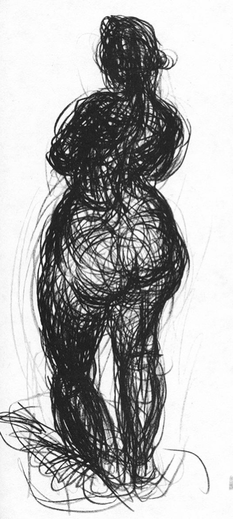 I believe that, in order to learn to draw well, you need to learn to look at things and think about what you see differently from those who haven't yet learned to draw. (I won't say people can't draw. They can if they choose to learn.) In the first exercise, we thought of the spaces where an object is NOT as the actual subject of our drawings. With blind contour drawings, we learned to really stop and look at an object and take the time to see how the edges really interact with each other, how one leads to another. Both of these exercises focused on edges--where one object ends and another begins. Well, this week we are going to do something different. If drawing is about learning to see things differently, there must be many different ways to look at things. So this week, rather than focusing on edges, we will focus on the actual physical form. This weeks exercise is adapted from the exercise on Modeled Drawings from Nicolaides' book The Natural Way to Draw (remember him from last week?) This is how it works: If, for example I were drawing a person, I would look at the whole form and try to decide where the very center of the entire three dimensional form is--not just the center point between two edges, but the core of the entire form. I would place my crayon (not a pencil or pen this time) on my paper where I would want this center point to be on my page. Then, without pressing hard and using a roundish wandering scribbling line, I would build up the entire form from that center point, imagining I was building it up out of clay as I add layers of scribbles. I would Imagine I was building a model of clay--thus the name, modeled drawing. Once I had the entire form built, I would pay special attention to how the form turns--which parts are closest to me and which are further away. I would go over the form again, pressing very lightly where the form is closest to me, and pressing harder and harder as the form turns away from me. Again, I would be focusing on the actual form of my subject and how it turns, how it would feel if I were making it with clay. The result would be a drawing that seems to have some dimensionality, not because we have drawn the lights and shadows, but because we have consciously represented the form and how it occupies space. So, what is the point? Out of all the figure drawing classes I took as an art student, only one of my teachers had us do an exercise like this. At the time I didn't entirely understand it--maybe because it wasn't well explained, or maybe because I, like many people who learn to draw with narrow pencil and pen lines, was hooked on edges. It was in my head painting class that I really began to understand the importance of starting out by building your entire shape before defining the specifics of the form. It is my personal opinion that we use pencils and pens to learn to draw, not because they are actually the easiest tools to help us learn all the concepts, but because they are simple and familiar and don't make a mess, like paints and charcoal and chalk pastels, etc. do. Their drawback is that, with their small points that draw little details so well, when we use them we are too easily pulled into the details and specific little nit-picky things rather than getting the overall form down first. As my high school art teacher said about 50 times a day: work from General to Specific. General to Specific. General to Specific. Its a common joke among artists that you can spend all your time drawing one eye (or hand, or other part of a thing) and then when it comes time to draw the other eye (or the rest of the body, or whatever) you find you can't get it to look right, or that you put it in the wrong place. One way to combat this "one-eye syndrome" is to force yourself to stay away from details until the entire form is working. After you know you have everything in the right place, you can draw the eyelashes. And thats just one thing this week's exercise can help us with. I haven't even gotten to how it is important to think about how an object turns and occupies space, but I think I'll talk about that with one of the following exercises. Time for homework. Exercise: Modeled Drawings Goal/Focus: Seeing the entire form before getting into details, understanding how a form turns and occupies space Materials: Sketchbook, crayons (charcoal, conte crayon, or chalk pastels are also good for this exercise, but not everyone has those lying around.) Assignment: Spend 20-30 minutes a day doing modeled drawings, 2 each day (10-15 min each). Do these drawings from life, not photographs. (This should be a given by now, but I'll probably keep saying it.) Starting in the middle of the form, scribble your way out to fill in the entire shape. Then (using a second, darker crayon if you want--though you can do the entire drawing with one crayon if that works) model your form by pushing harder in the places where the form turns away from you and drawing very lightly where it is close. Because of the way this exercise works, it can be easier to do this with softer, more organic shapes. However, if you want to do it with more geometric shapes go ahead, but remember--we are NOT focusing on edges this week. You'll naturally end up with edges by filling in the form, but they aren't what you are focusing on. Some ides for subjects: People and animals are ideal for this. See if you can catch a friend or pet while they're sleeping. Soft couches or chairs, or other furniture (a toilet would actually work really well, if you don't feel too weird about drawing it) Wrinkled fabric--a towel or coat hung on a peg, a blanket dropped on the floor Trees (though we're getting into the season where they lose a lot of their form--get to them while they still have leaves!) Clouds (work fast!) As with previous exercises, these are just ideas and you should not feel limited to these subjects. If you see something that looks really interesting to draw, go for it. Have fun!
0 Comments
Leave a Reply. |
Your email will not be shared with anyone. It will only be used for updates from me, and you can unsubscribe at any time.
Categories
All
|
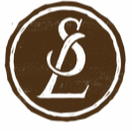
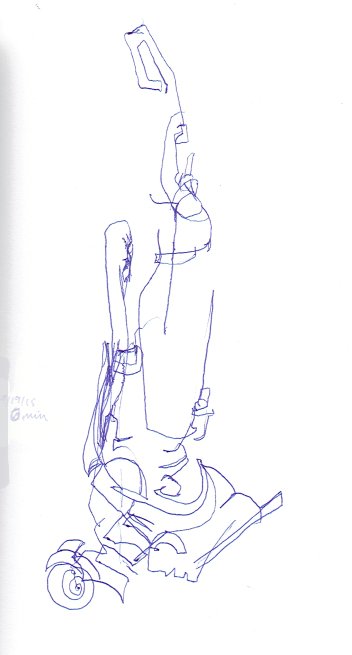
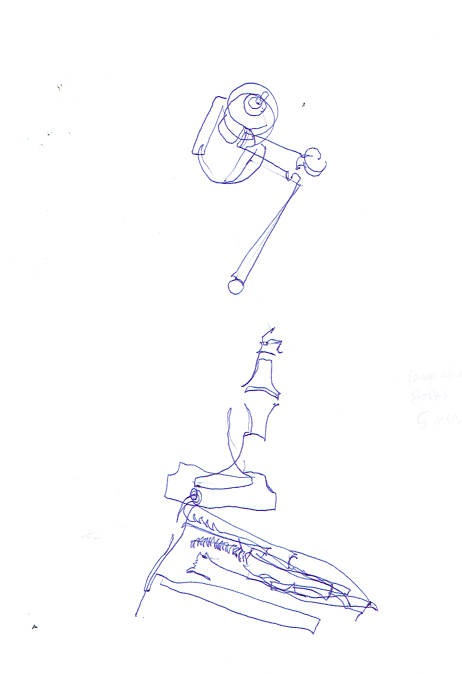
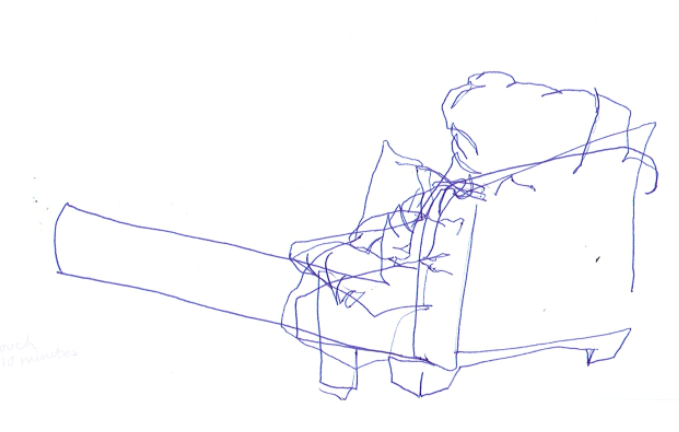
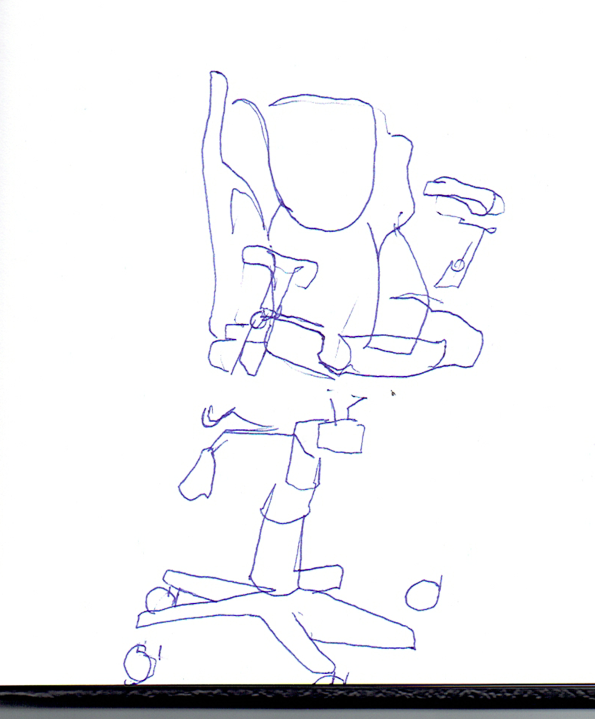
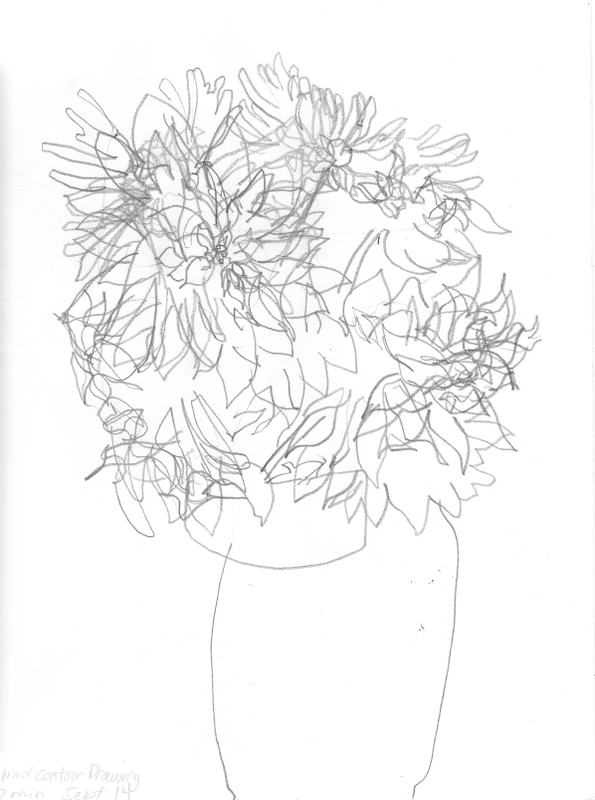
 RSS Feed
RSS Feed